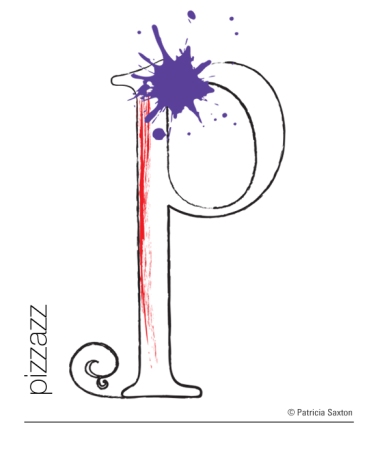
© e.e.cummings / self-portrait
“Art is a mystery. A mystery is something immeasurable. In so far as every child and woman and man may be immeasurable, art is the mystery of every man and woman and child. In so far as a human being is an artist, skies and mountains and oceans and thunderbolts and butterflies are immeasurable; and art is every mystery of nature.”
from E. E. Cummings, A Miscellany Revised Edited by George Firmage. New York: October House, 1965.
…………………………….
While I’d never been a huge fan of E.E. Cummings, I adore the above quote. And he certainly earned a great deal of respect and recognition for his inventive poetry. He became, and remains, a household name in literature.
My admiration for his work has grown though, as I recently studied him a little more ~ and learned that he was also a painter. Judging by this self-portrait (and the two at the bottom of this essay), quite a good one, too.
Suddenly my view was broadened. He was no longer the writer of oddly punctuated poetic snippets we were relentlessly fed in school. He was more. He had true depth, and multiple means of expression. I’m newly impressed.
In this great little piece below, E.E. Cummings connects his painting with his poetry. An imaginary interview, it’s part wisdom, part amusement. Enjoy ~
…………………………….
Why do you paint?
For exactly the same reason I breathe.
That’s not an answer.
There isn’t any answer.
How long hasn’t there been any answer?
As long as I can remember.
And how long have you written?
As long as I can remember.
I mean poetry.
So do I.
Tell me, doesn’t your painting interfere with your writing?
Quite the contrary: they love each other dearly.
They’re very different.
Very: one is painting and one is writing.
But your poems are rather hard to understand, whereas your paintings are so easy.
Easy?
Of course–you paint flowers and girls and sunsets; things that everybody understands.
I never met him.
Who?
Everybody.
Did you ever hear of nonrepresentational painting?
I am.
Pardon me?
I am a painter, and painting is nonrepresentational.
Not all painting.
No: housepainting is representational.
And what does a housepainter represent?
Ten dollars an hour.
In other words, you don’t want to be serious–
It takes two to be serious.
Well let me see…oh yes, one more question: where will you live after this war is over?
In China; as usual.
China?
Of course.
Wherabouts in China?
Where a painter is a poet.
from E. E. Cummings, A Miscellany Revised. Edited by George Firmage, New York: October House, 1965.
…………………………….
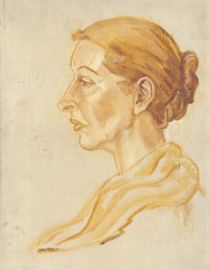
© e.e.cummings / marion morehouse cummings in profile
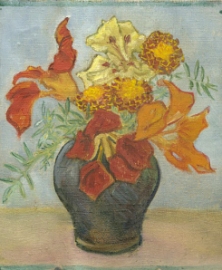
© e.e. cummings / nasturtiums and marigolds





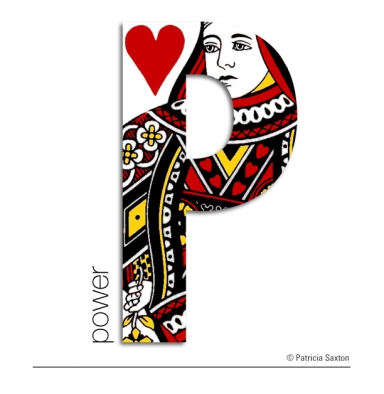
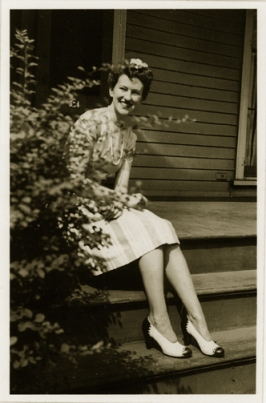







 And what an incredibly rich feast lay in the mind of this poet/philosopher/artist!
And what an incredibly rich feast lay in the mind of this poet/philosopher/artist!

